When the most popular newspaper in the United Kingdom wanted to construct 3 new offices in the 1930s, they wanted the buildings to be special.
The result was some of the most amazing examples of Art Deco architecture in the UK, especially the final building in Manchester.
Let’s take a closer look at some of the most interesting facts about the Daily Express Building in North West England, a fascinating landmark for several reasons.
1. It’s located in the northeastern part of central Manchester
The Daily Express Buildings is an amazing landmark in Manchester. It’s situated in a rather obscure part of the city along Great Ancoats Street which is part of the city’s inner ring road.
A business and entertainment development project called NOMA is just a few blocks to the northwest. This section of the city features many modern buildings.
Manchester’s historical heart is a healthy walk to the southwest of the building. This means that this remarkable Art Deco structure is situated in the northeastern section of the city.

2. The building is much older than it appears to be
The Daily Express became the leading newspaper in the United Kingdom in the early 20th century. It was even the most printed newspaper in the world with 2.25 being sold every day.
By the 1930s, it was urgently time to expand their operations and the management commissioned 3 new offices to be constructed in London, Glasgow, and Manchester.
The building in Manchester was completed between 1936 and 1939. When you enter this street you instantly think that the Daily Express Building is one of the most amazing new additions on the block.

This makes it all the more special that this futuristic structure was completed before World War II.
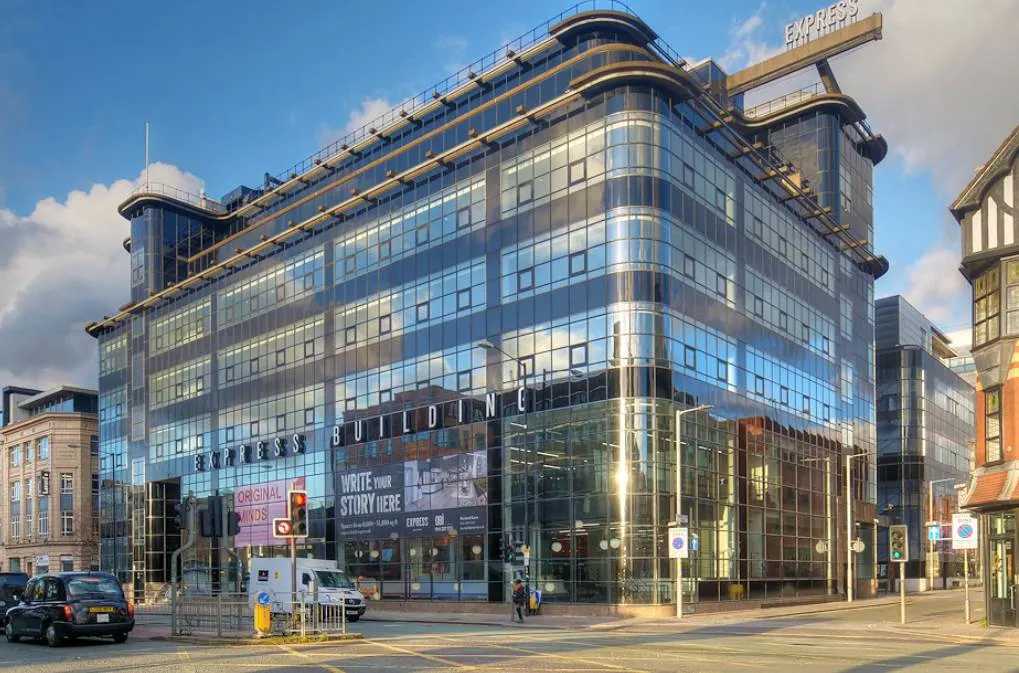
3. It was the final of the 3 Daily Express Buildings to be completed
Max Aitken, Lord Beaverbrook (1879-1964) was the owner of the Daily Express and the man who commissioned the three new buildings.
The building in London was completed in 1931 and this was followed by the building in Glasgow in 1937.
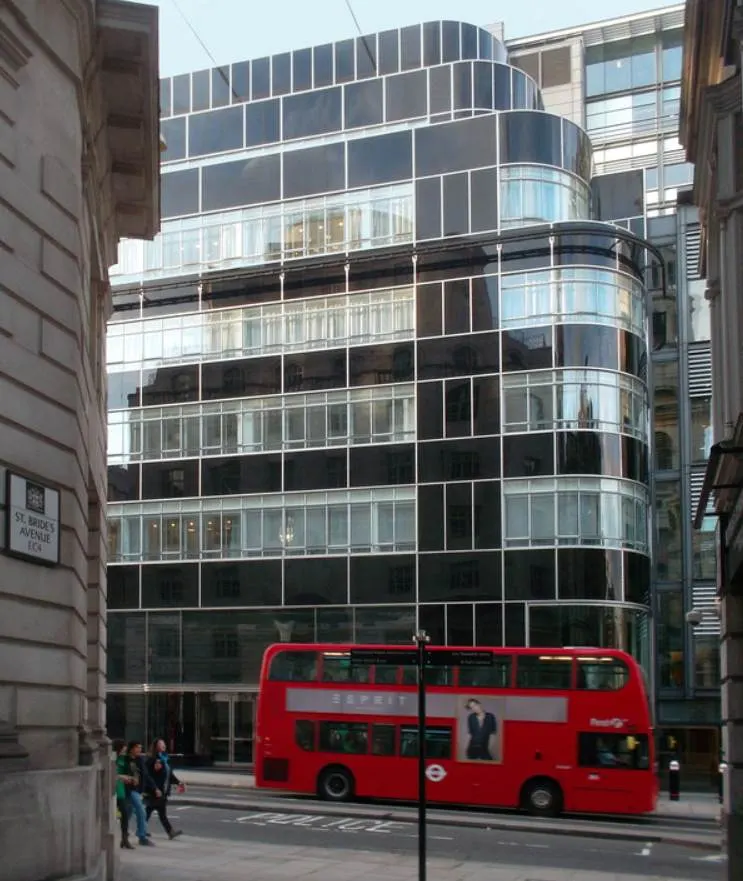
While these two first buildings can be described as amazing architectural highlights of the 1930s, the building in Manchester is definitely the most impressive of the three.
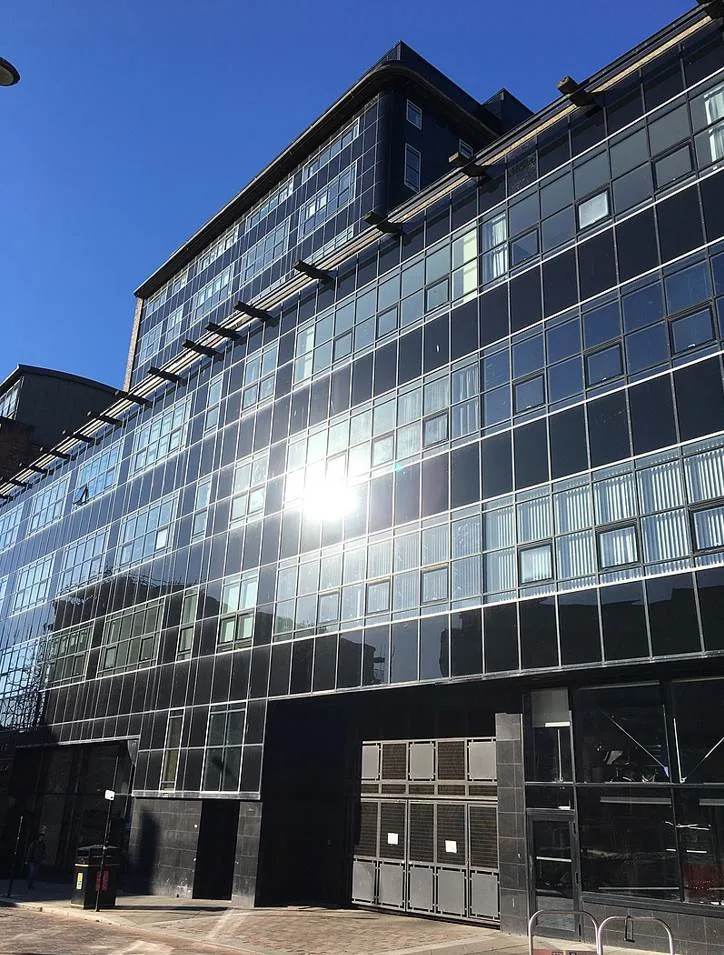
4. The building was designed by a renowned English architect and engineer
One of the most interesting facts about the Daily Express Building in Manchester is that it’s the only of the three buildings that were both designed and constructed by Sir Owen Williams.
Williams was one of the foremost engineers in England in the 20th century. Although he designed various buildings, he was mostly known as the main engineer of the Old Wembley Stadium.
Gravely Hill Interchange, a traffic junction commonly referred to as “Spaghetti Junction,” is arguably the most complex project he ever completed.
While he was the main engineer of the buildings in London and Glasgow, these were designed by architects Ellis and Clark.

5. It’s the epitome of a particular style of Art Deco architecture
The overall design of the buildings is futuristic Art Deco architecture. This futuristic element is why the building looks relatively new although it dates back to the pre-WWII era.
Although the location of the building in Manchester is much better to highlight its architectural qualities (the building in London is situated in a dense part of the city), it’s still considered to be superior for various reasons.
The building incorporates a streamline moderne design, a type of Art Deco architecture that emerged in the 1930s and that was inspired by aerodynamic design.
The long horizontal lines and curved corners of the building make the Daily Express Building one of the most prominent examples of streamline moderne architecture.

6. It served as a great inspiration for another renowned English architect
Norman Robert Foster, Baron Foster of Thames Bank (born in 1935) is one of the most renowned contemporary architects in the United Kingdom.
He helped to develop hi-tech architecture and designed numerous world-famous buildings. The Reichstag Building in Berlin, The Gherkin in London, and the ne Wembley Stadium are just a few of the projects he was involved in.
The Daily Express Building was completed when Foster was just 4 years old and it was already a significant landmark in England when he studied architecture.
He was so impressed with the structure when he saw it for the first time that he said the following:
I was very taken with the Daily Express building, from the Thirties, wonderfully curved with black glass. I knew it was there, and I went looking for it. It was not in a part of town that you could just stumble across it. I remember the chromed strips and the Vitrolite that the black façade was made of.
He was clearly inspired by the design during the initial phase of his career because the first major project he completed was the Willis Building in Ipswich, formerly the Willis Faber and Dumas Headquarters (1975).
This structure resembles the building in Manchester and earned Grade I listed status in 1991. This was the youngest building in the UK to receive this status.
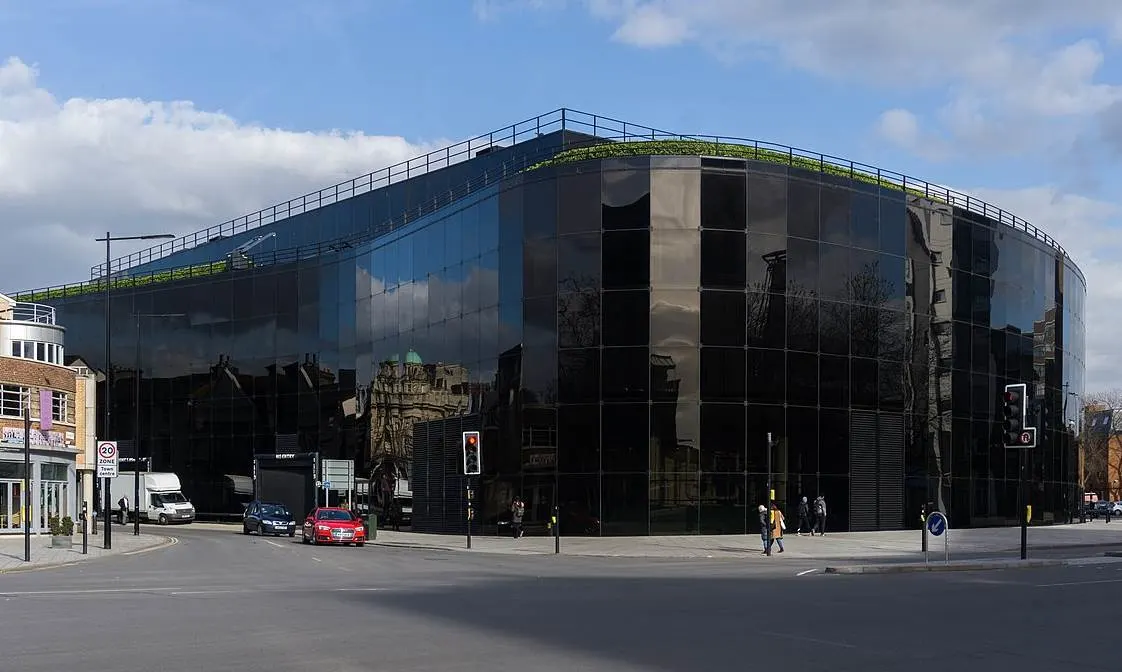
7. The building hasn’t been used by the Daily Express since the 1980s
The building was expanded several times throughout its history. After all, it was here that the newspapers were printed for all of North England.
An extension was added in 1960, a second two-story extension was added in 1979, and this was further expanded in 1983.
The Daily Express moved out of Manchester in the late-1980s and the building was transformed into an office building between 1993 and 1995.
A Washington D.C.-based investment company called A&A Investments purchased the building in 2006 for £20.5 million. This didn’t turn out to be a success shortly before the real estate crash a few years later.
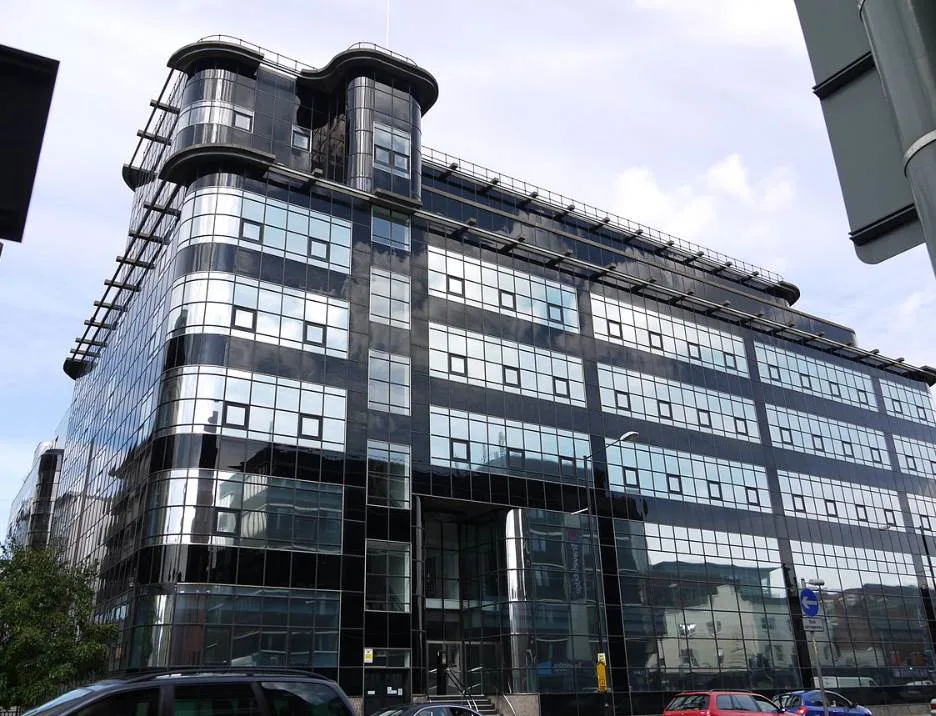
8. It’s the youngest building in Manchester that received Grade II listed status
The building was relisted for sale at just £9.5 million in 2013. Today, it’s nothing more than a magnificent landmark in Manchester that is occasionally occupied.
The architectural importance of the building has been recognized ever since it was completed and it earned Grade II listed status in 1974, just 35 years after it was completed.
What’s remarkable is that it remains the youngest building in Greater Manchester with this status.

